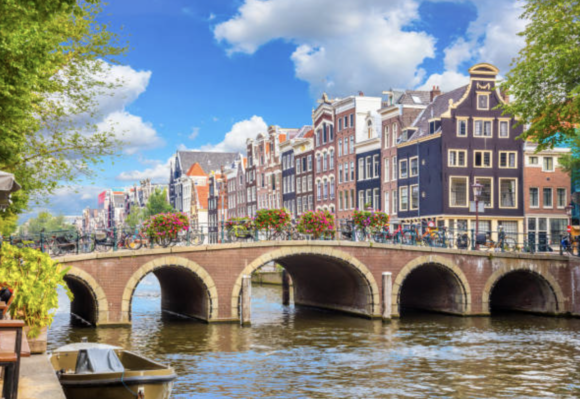As someone who has experienced in both London and Amsterdam and has a deep affinity for Berlin, some may often find themselves reflecting on the distinct characteristics of these vibrant cities. Having visited Berlin numerous times, I’ve come to appreciate the unique nuances and differences that shape each destination. Here, I share some insights into the diverse facets of Amsterdam and Berlin, focusing on the points that set them apart rather than the similarities.
1. Urban Layout and Accessibility: Amsterdam’s compact size allows for easy navigation by foot or bicycle, with waterways weaving through the cityscape, creating a picturesque setting. In contrast, Berlin boasts more green spaces and parks, making it a haven for outdoor enthusiasts. Additionally, car parking is less of a challenge in Berlin compared to the narrow streets of Amsterdam.
2. International Connectivity: Amsterdam’s Schiphol Airport serves as a major hub for international travel, offering a wide range of air connections. This accessibility contributes to the city’s cosmopolitan vibe, attracting a diverse range of residents and visitors. Conversely, Berlin may offer fewer direct air connections but compensates with its rich classical performance culture, particularly in theater and classical music.
3. Social Dynamics and Communication: Amsterdam’s social fabric is characterized by a sense of egalitarianism and directness in communication, where people are unapologetically candid in their interactions. Conversely, Berliners may exhibit a more reserved demeanor, valuing politeness and indirect communication.
4. Cultural Preferences and Language: In Amsterdam, foreign films and series on Dutch TV channels retain their original language dialogue with Dutch subtitles, reflecting the city’s international outlook. Conversely, German TV channels in Berlin often dub foreign content into German, limiting exposure to original language dialogue.
5. Climate and Environmental Factors: Amsterdam’s proximity to the sea and its compact layout contribute to its higher humidity levels, while Berlin experiences hotter summers and colder winters. Additionally, Amsterdam implements a wealth tax, whereas Berlin currently does not levy such a tax.
6. Educational Systems: Amsterdam offers a plethora of university courses in English, catering to an international student population. In contrast, Berlin’s school grading system may appear unconventional to outsiders, with ‘1’ indicating outstanding performance and ‘5’ denoting a less favorable rating.
7. Social Norms and Cultural Influences: Berliners tend to adhere to traffic rules rigorously, with pedestrians often stopping at red lights even in the absence of vehicles. In Amsterdam, a more relaxed attitude prevails, with individuals often following their own inclinations.
8. Culinary Scene: Amsterdam’s culinary landscape is influenced by French cuisine, with a notable presence of Indonesian restaurants reflecting its colonial history. Conversely, Berlin boasts a diverse array of eateries, with a focus on German fare complemented by Italian, Greek, and Turkish establishments.
What’s Your Thought About Berlin and Amsterdam Comparison?
While Amsterdam and Berlin share certain commonalities, their distinctive characteristics offer a rich tapestry of experiences for residents and visitors alike. Whether you’re drawn to Amsterdam’s picturesque canals and international flair or captivated by Berlin’s green spaces and cultural diversity, each city promises a unique and enriching journey. So, immerse yourself in the contrasts, embrace the diversity, and savor the vibrant essence of these iconic destinations.



